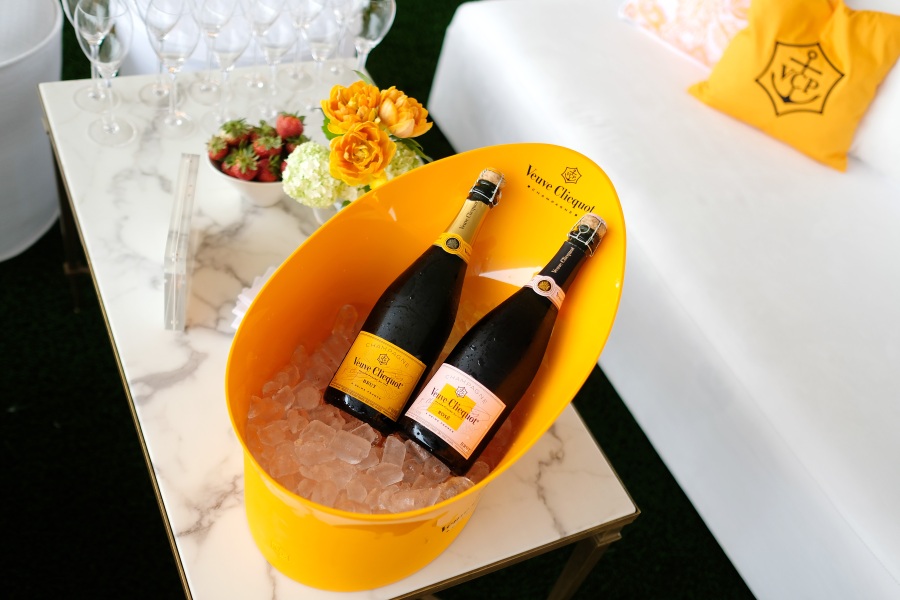
(NEXSTAR) — Even though you may be used to hearing the word “dupe” in reference to someone being “fooled” or “tricked,” (Someone was ‘duped‘ by a scammer, for example), the term has many meanings — especially on TikTok.
Search the short-form video social media platform for “dupe” and you’re likely to find countless videos rating or recommending fragrances, skincare, food, purses, tumblers, shoes, cleaning products, and even vehicles. So just what are these “dupes”?
On TikTok, “dupe” is shorthand for “duplicate” (a meaning Merriam-Webster does acknowledge). For these kinds of videos, a user will try out and/or recommend less-expensive alternatives to high-priced premium and luxury products. Generally, “dupe” products aren’t full-on knockoffs, but legal competitor products that do the same things or look relatively the same.
Essentially, dupes are “if you like this, then you’ll love this.”
For instance, while Veuve Clicquot Yellow Label Brut is among the best under-$100 champagnes you can find at an ordinary grocery or liquor store, the bottle can still cost around $75 for a 750 ml bottle. Meanwhile, a popular Veuve Clicquot dupe is a $50 bottle of Piper-Heidsieck Cuvee Brut, which the video‘s creator explains is a longtime partner with the Academy Awards ceremony.

Meanwhile, #FragranceTok (a section of TikTok content dedicated to scents), is frequently in a spritz trying to mimic the fragrances of luxury fashion houses like Tom Ford or Mugler. Some recent TikToks have focused on Tom Ford Neroli Portofino eau de parfum, a coveted green bottle with a $295 price tag for about 1.6 ounces. TikTok’s Neroli Portofino dupe solution is the Maison Alhambra Porto Neroli — a $25-$40 blue bottle that predates Tom Ford’s scent by centuries, according to TikTokers.
“If Tom Ford’s Neroli Portofino is a splash in the Mediterranean Sea, then Maison Alhambra’s Porto Neroli is a dive into the crystal clear waters of the Amalfi Coast,” raves TikTok’s Parfums Papi.
While traditional (older) social media influencers often promoted more “aspirational” (expensive) products, Gen Z influencers and the followers they influence appear less sold on luxury. As reported by TODAY in Feburary, the current trend of “de-influencing” encourages users to spend more consciously. De-influencing culture works to be more transparent about influencer-brand partnerships and emphasizing products people actually use.
Even though critics have argued de-influencing is just influencing with smaller price tags, the concept of unsubscribing from consumer culture — and things society tells us we should want — is appealing to Gen Z, who data increasingly shows aren’t as brand-adherent as previous generations. If the scope of duplicating videos is any indication, for millions of Americans, a dupe will do!
Suggest a Correction
